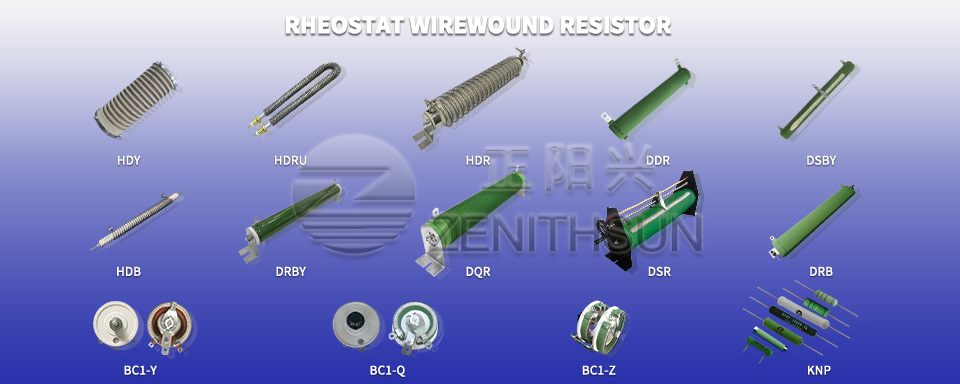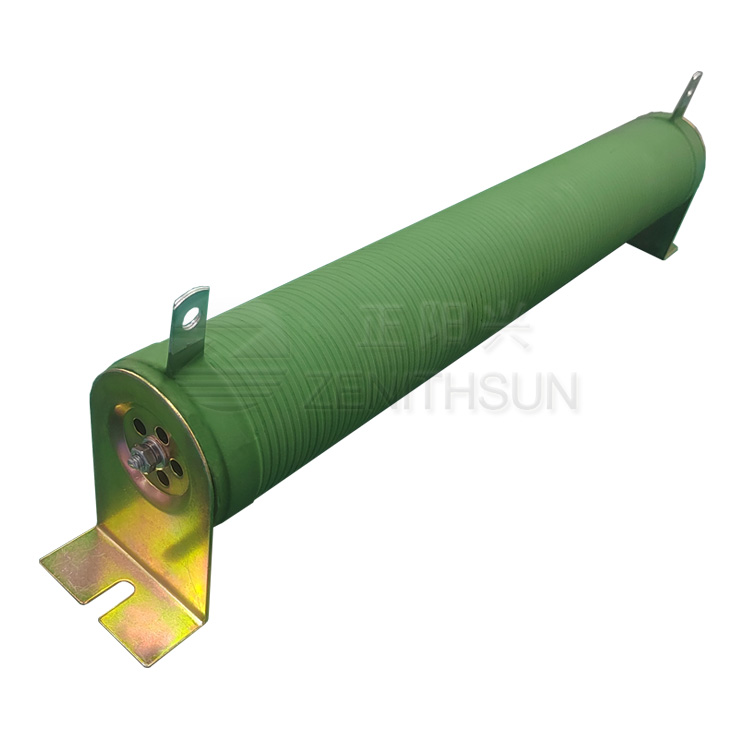High power type wirewound resistors are usually rated above 1W, even up to several hundred watts, and can be used at high ambient temperatures. Resistance values can range from a few ohms to several hundred kilohms, with a general resistance accuracy of ±5% and ±10%. Power type wirewound resistor components for the skeleton, winding, lead end and protective layer; wirewound resistor is a fixed resistor made of resistance wire wound on an insulating skeleton, the resistance wire is generally made of nickel-chromium, manganese-copper and other alloys, the insulating skeleton is usually alumina ceramic, encapsulation materials are insulating varnish, silicone, paint, ceramics, aluminum shell and so on. Our common cement resistors, trapezoidal aluminum casing resistors, and ripple resistors all belong to high power wirewound resistors, just with different encapsulation materials.
Why do control cabinets need to use high power wirewound resistors?
It is not necessary to use high power wirewound resistors for control cabinets, but rather high power wirewound resistors should fulfill the function of their control requirements, if it is not needed, it can not be used. Many control cabinets do not require high power wirewound resistors, and those that do are rare. For example, a large number of common ordinary motor starting control cabinets do not need high power wirewound resistors, while motor frequency starting control cabinets need high power wirewound resistors as brake resistors.
High power wirewound resistors range from 5mΩ to 100KΩ. Wirewound resistors are made of Nichrome wire or Manganese copper wire, ConocoPower wire wound on ceramic tubes, RX20 resistors can be divided into two types: fixed and debuggable.
Advantages of high power wirewound resistors: high precision resistance, low noise, stable and reliable, small temperature coefficient, can withstand high temperatures, in the ambient temperature of 170 ℃ can still work normally.








